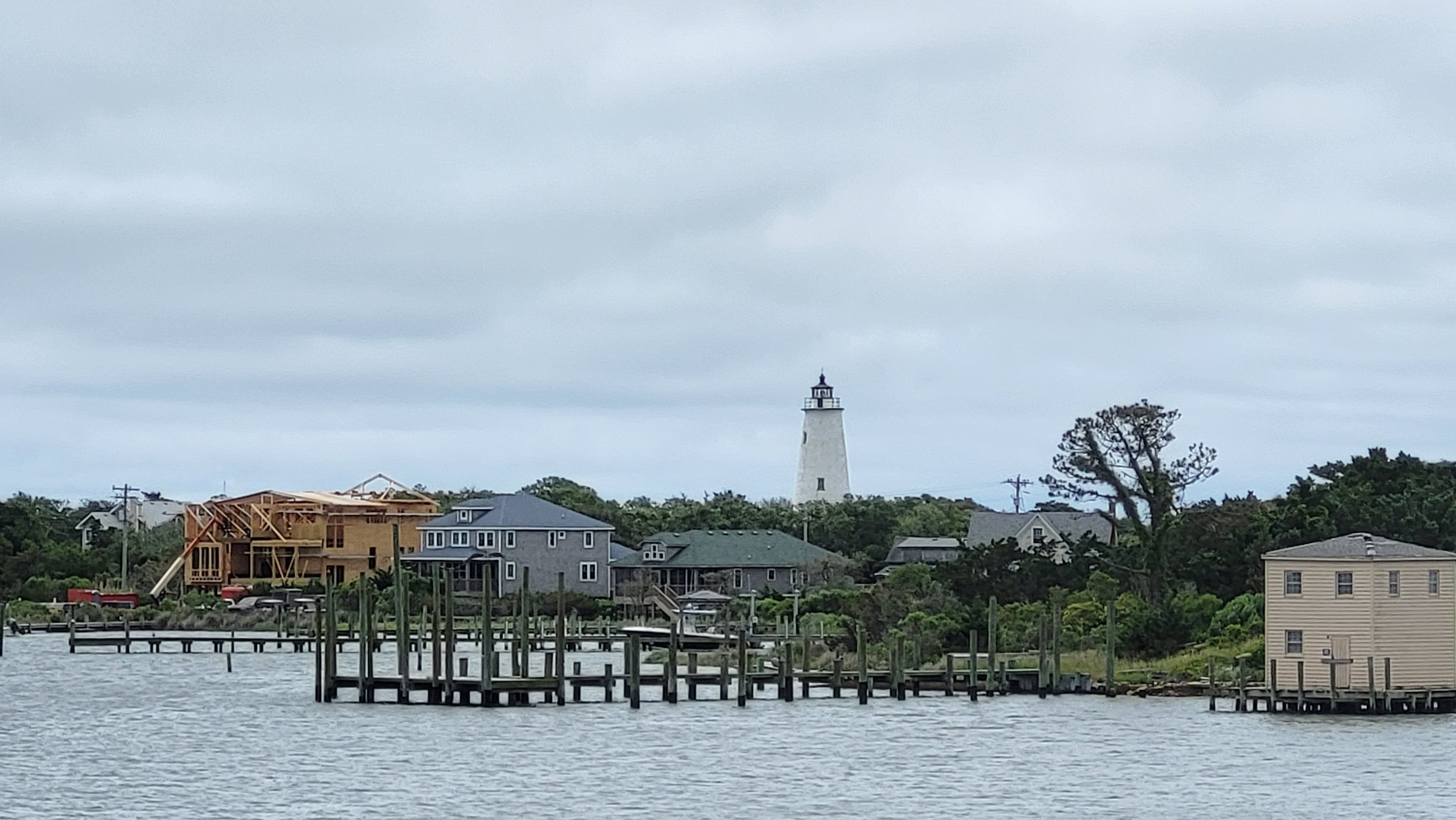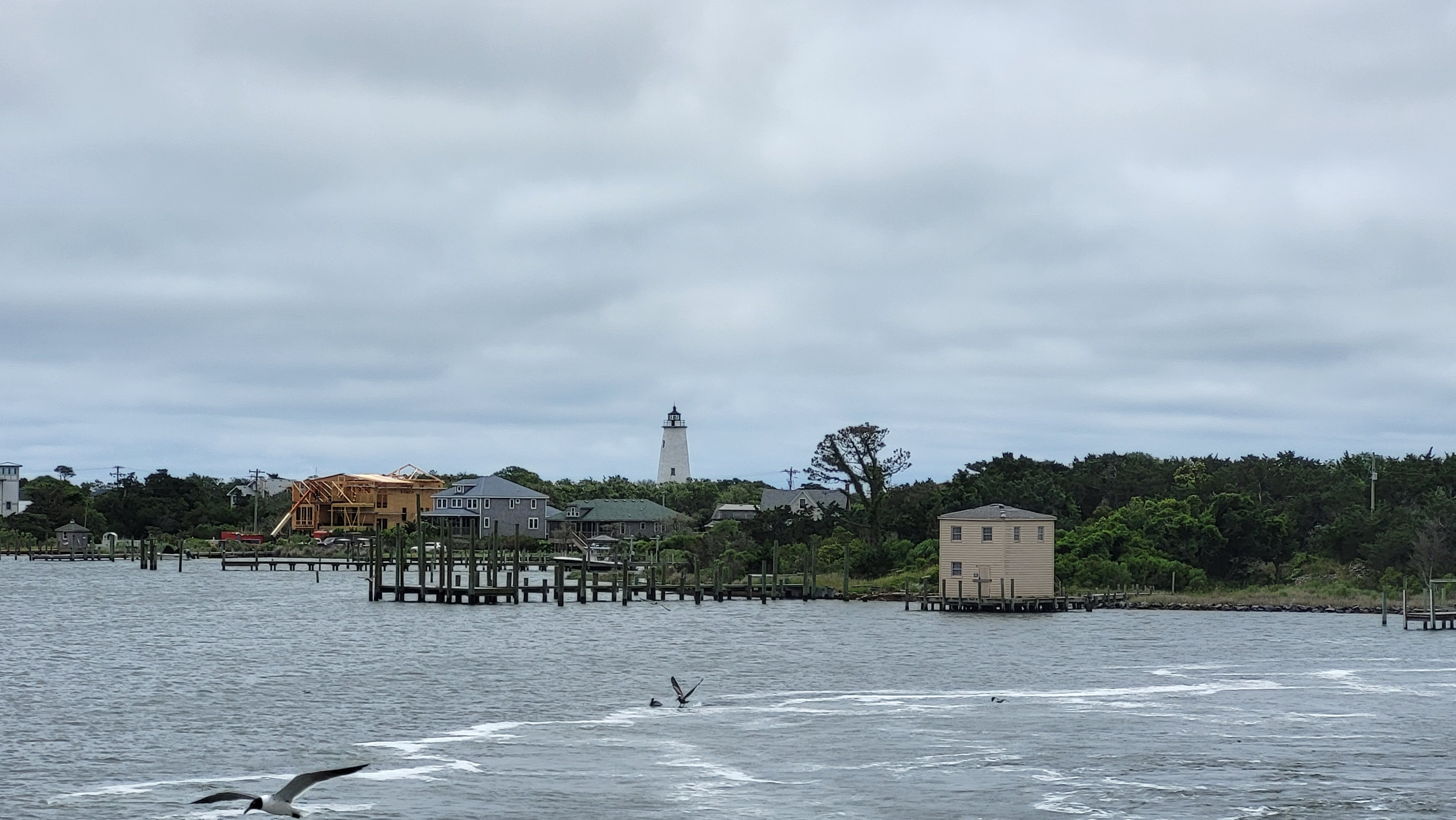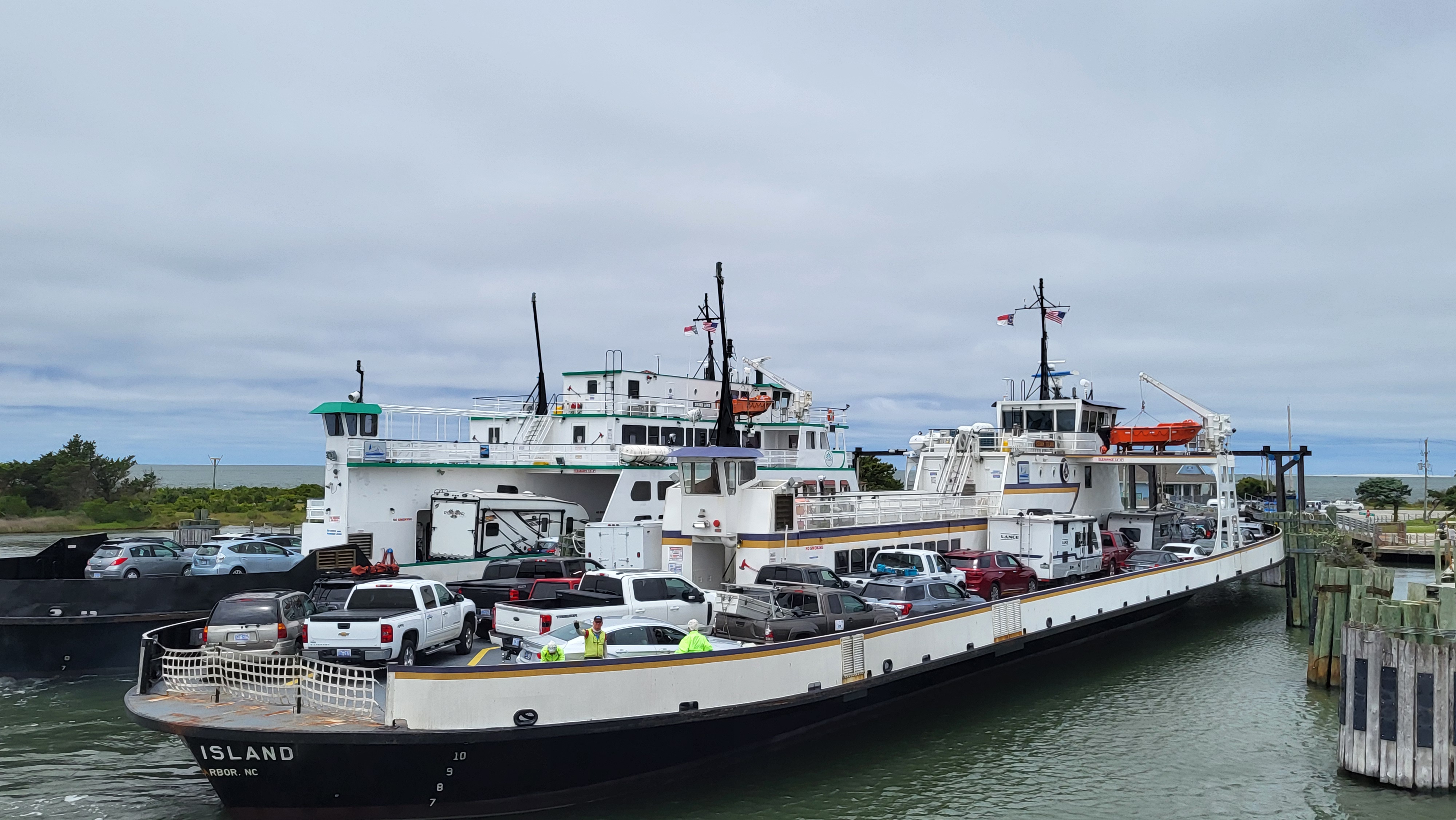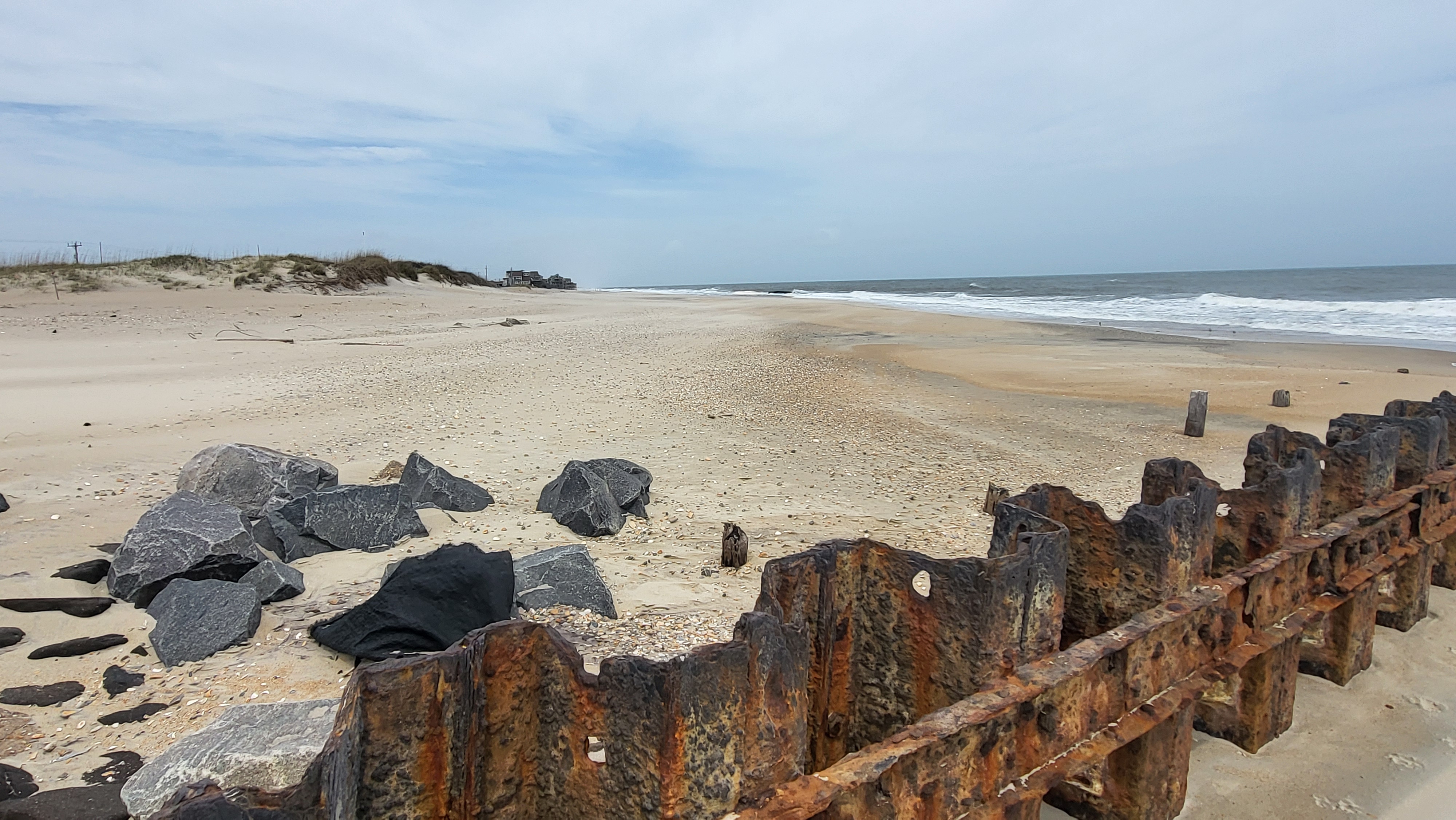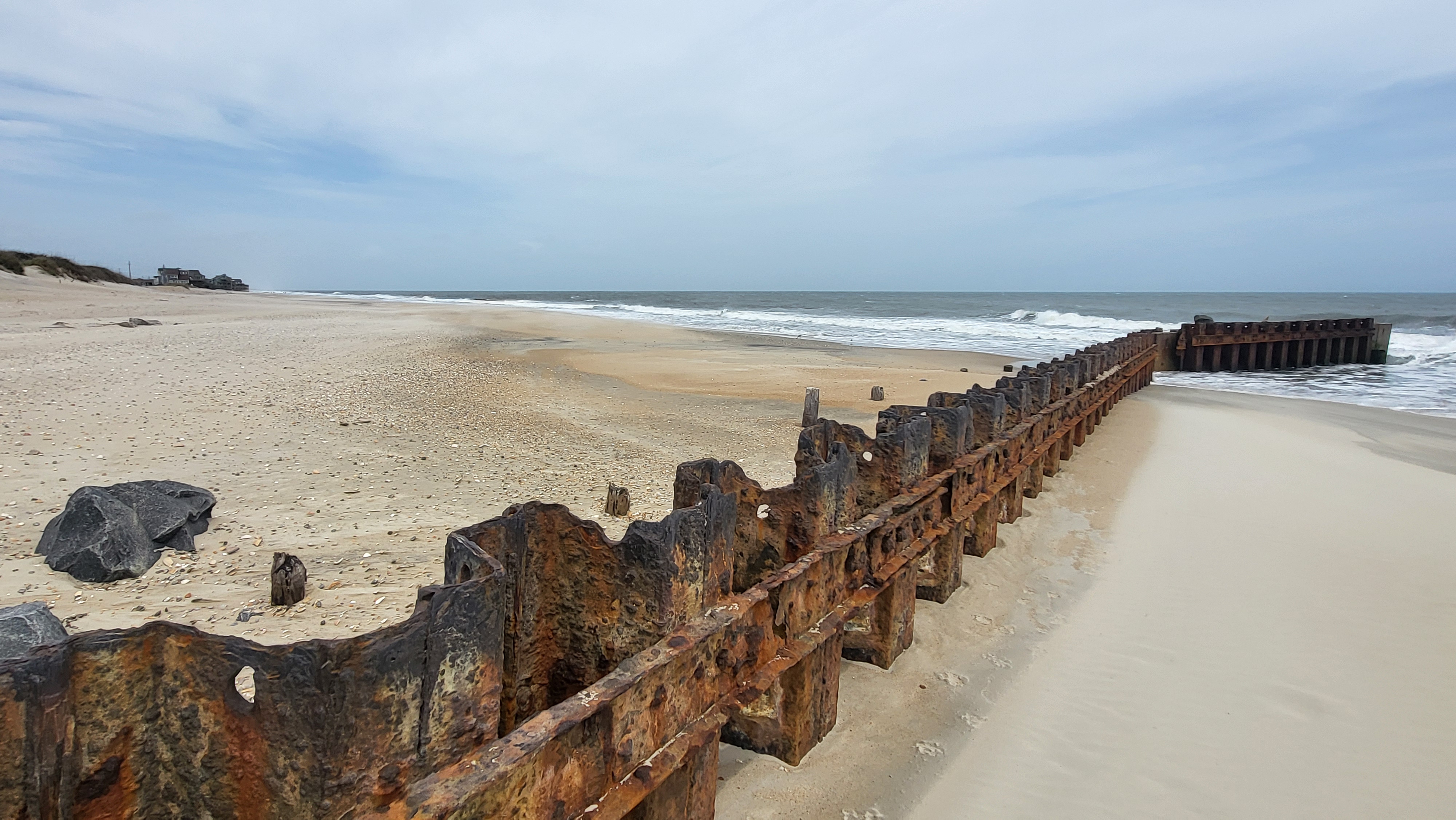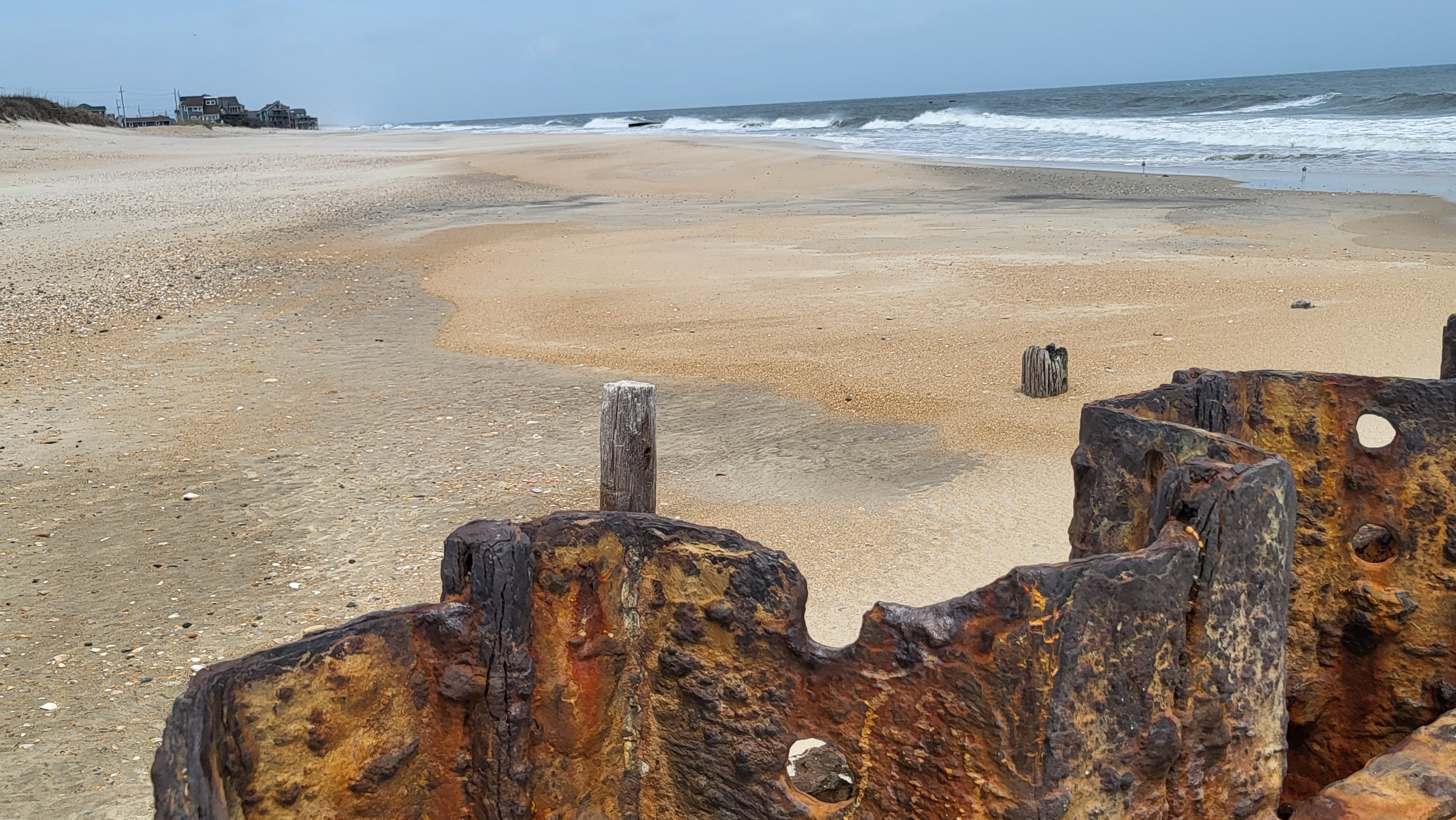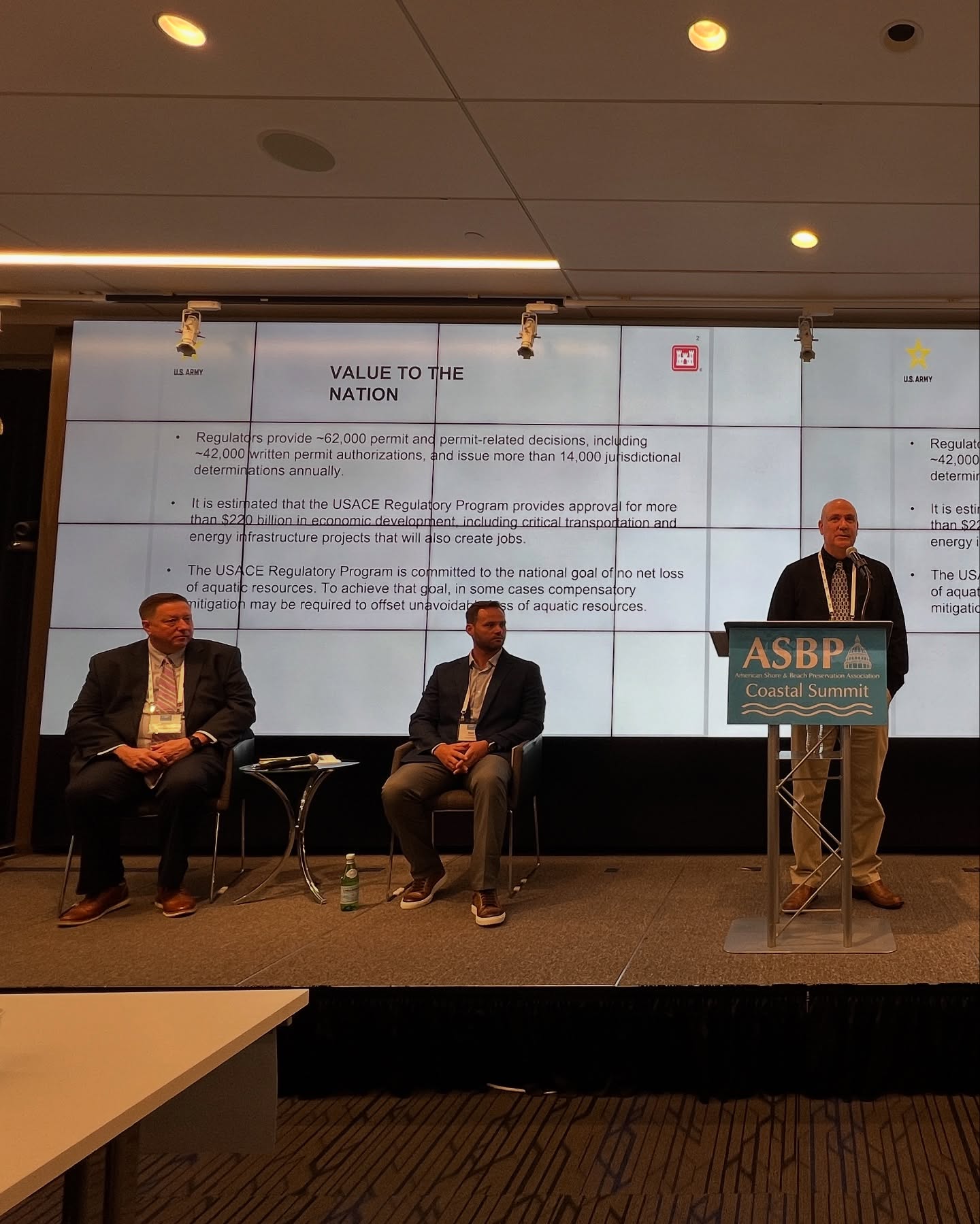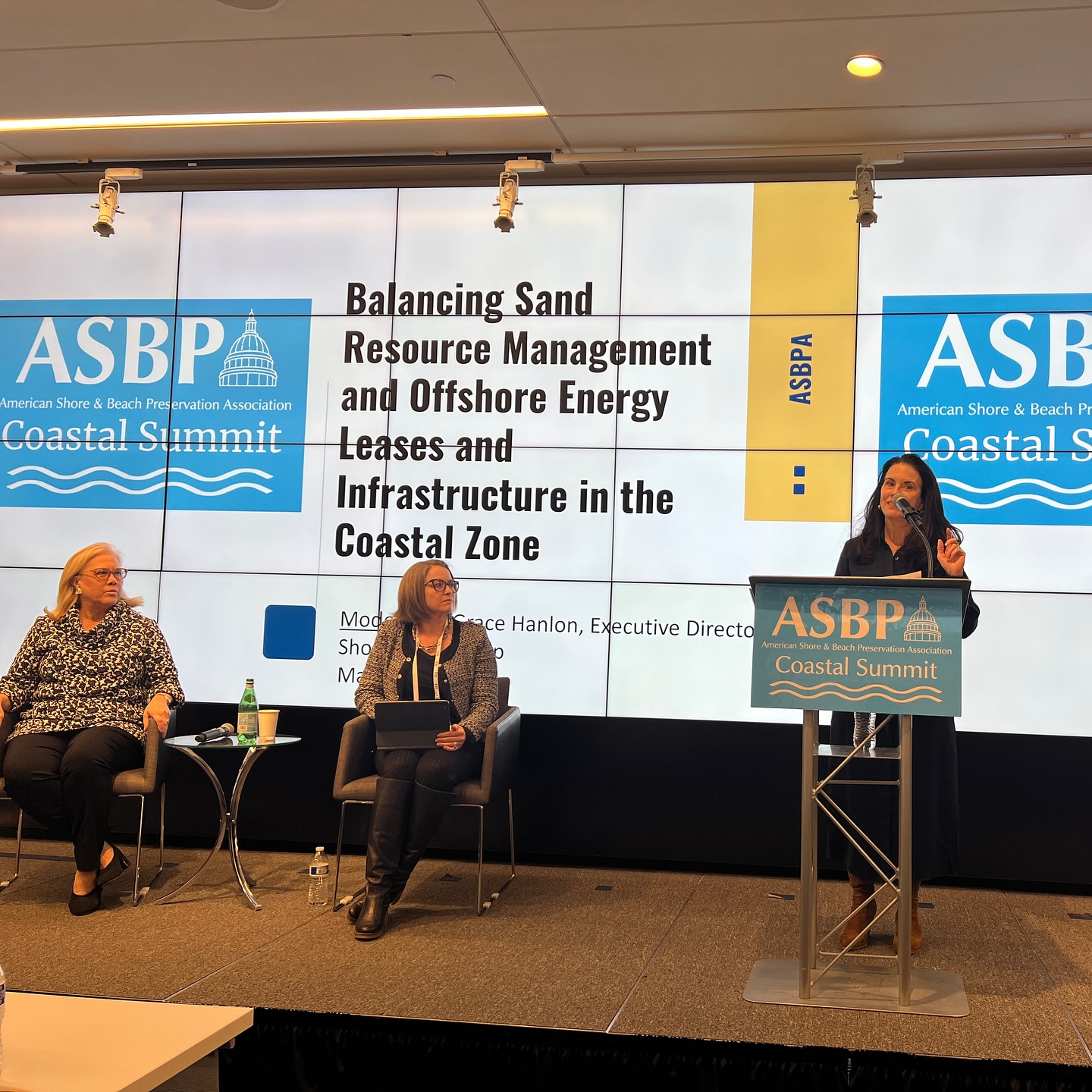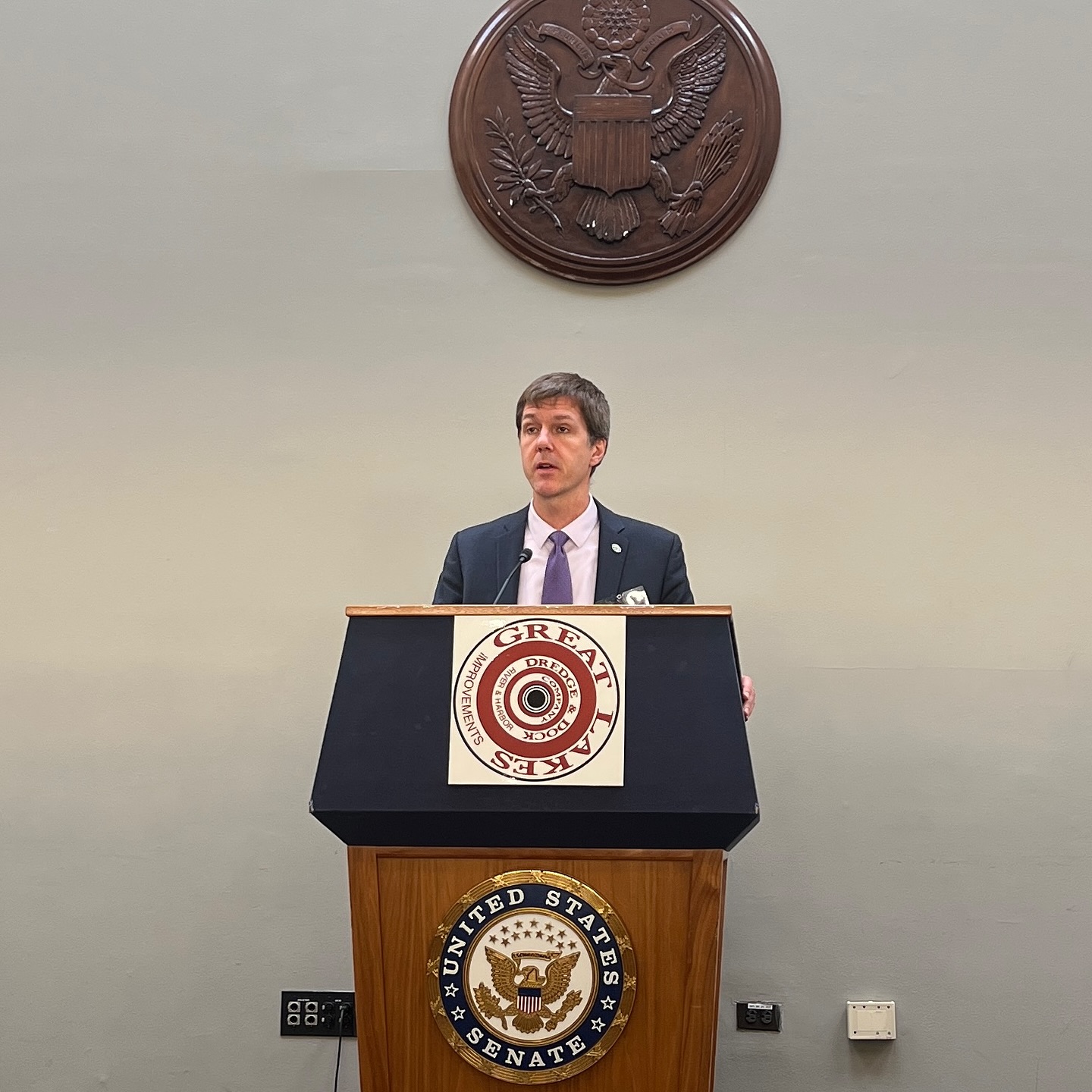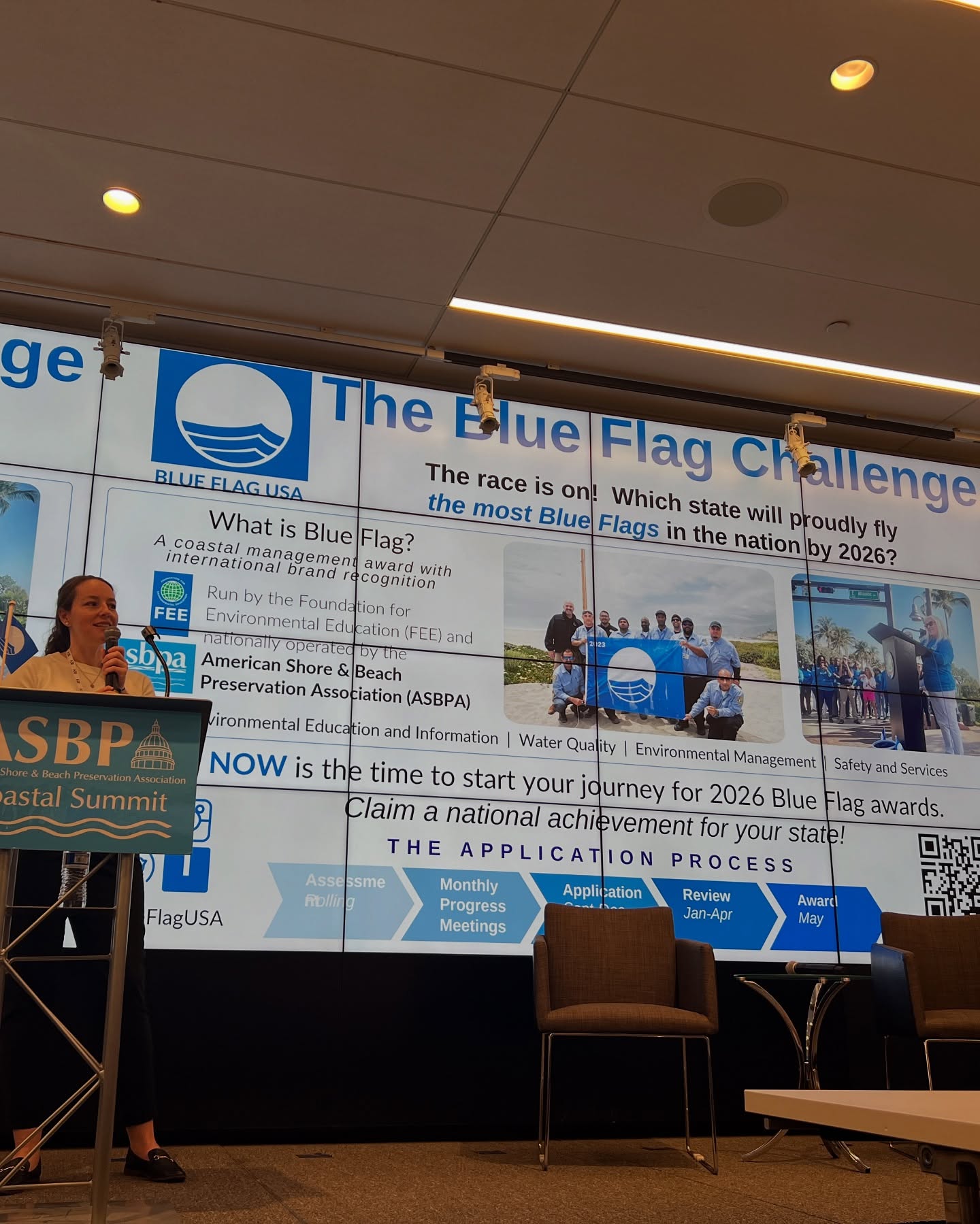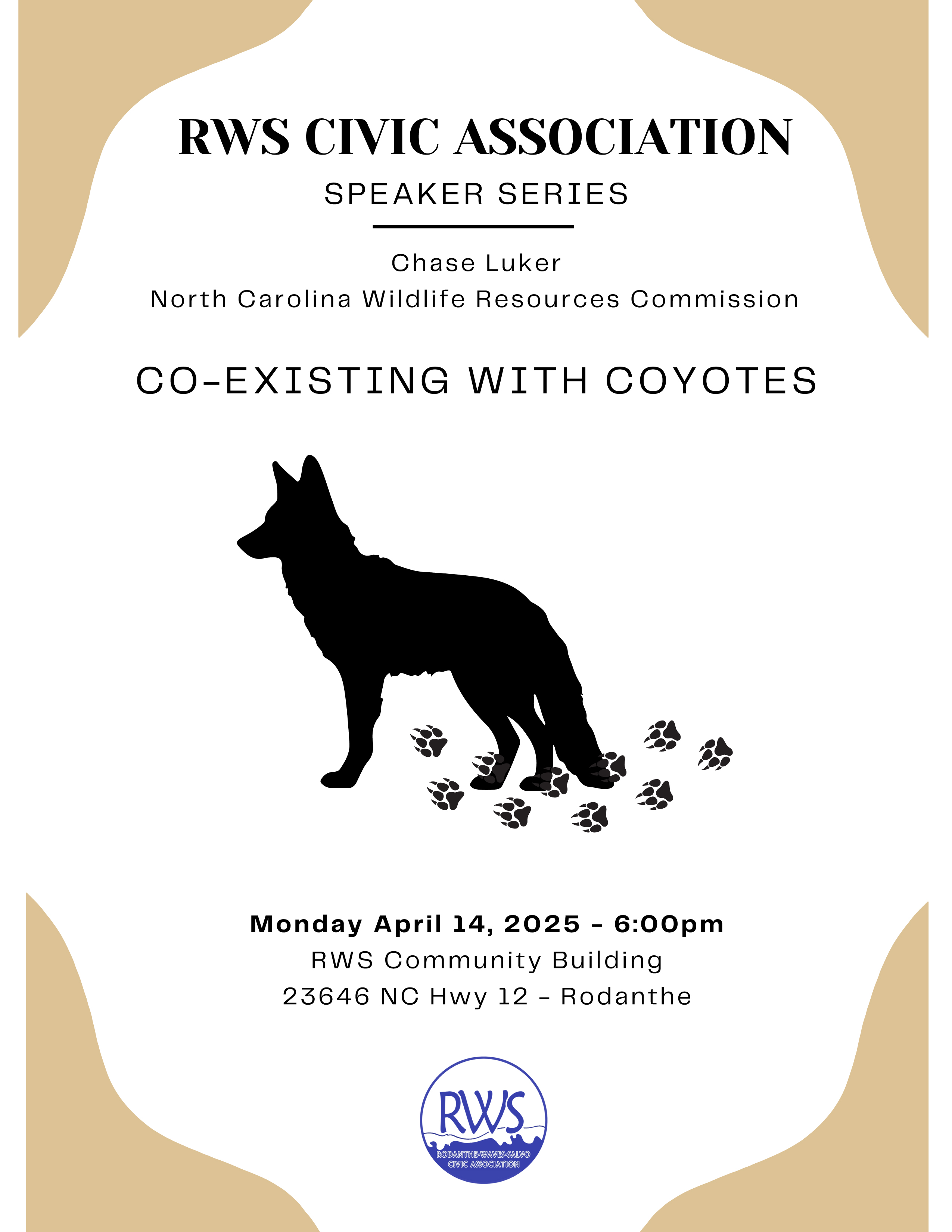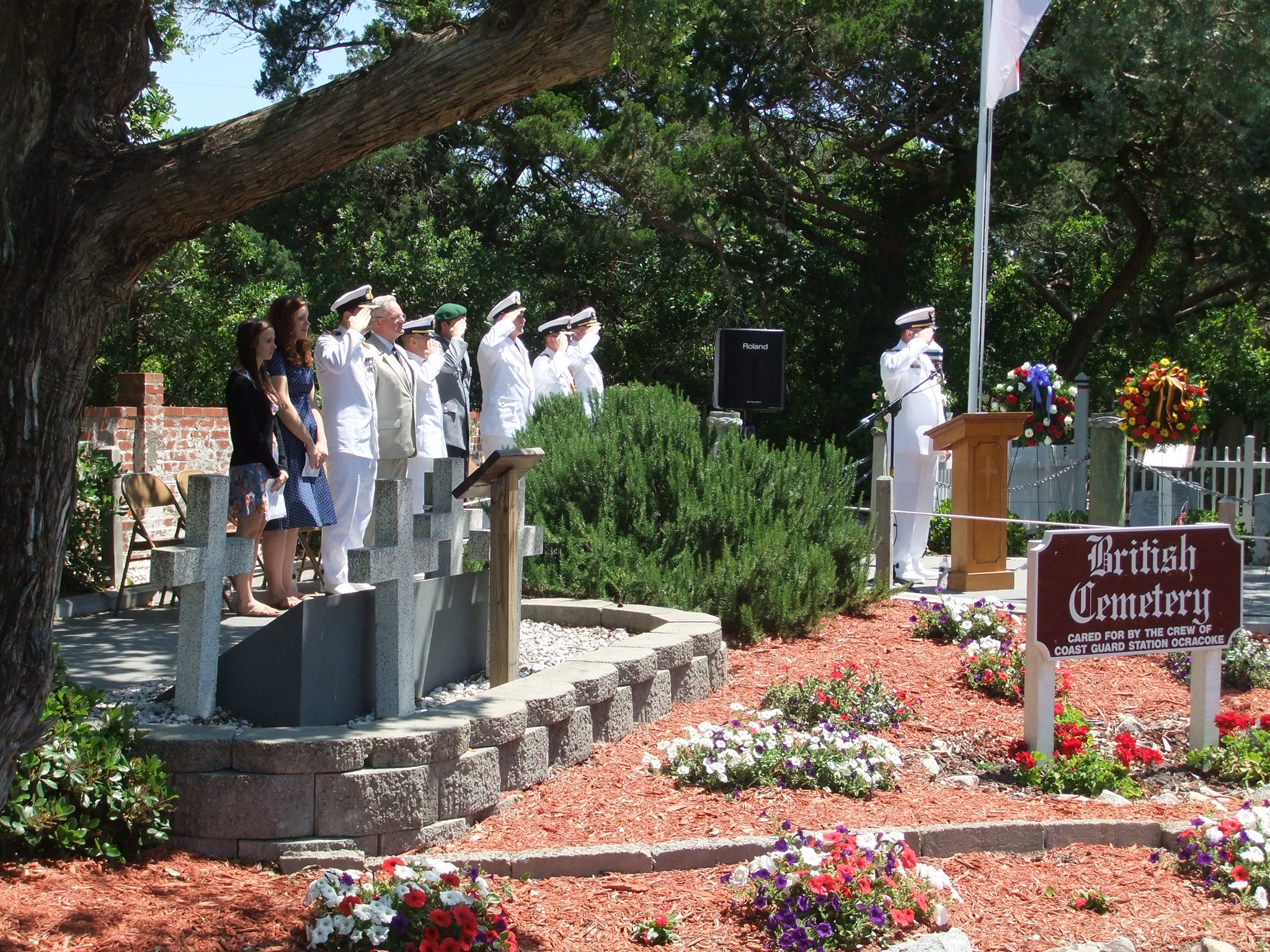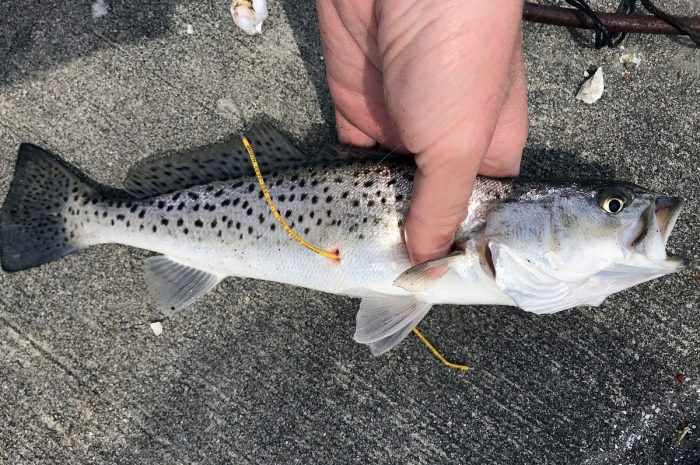Wondering how much Hatteras Inlet has changed? Just take a look at Google Earth
It’s been well documented that Hatteras Inlet has changed drastically in the past 10-20 years or so, and thanks to the internet, there is visible proof.
Videos that utilize Google Earth’s Timelapse, (which creates a fast-moving series of images that chronicle how corners of the world have changed over the past 32 years), have surfaced on social media that show just how much the inlet has changed since 1984.
The most drastic changes, (and you may have to change the speed from the default “fast” to “medium” or “slow” to catch it), occur somewhere between 2011 and 2013, which makes sense considering that 2011’s Irene and 2012’s Sandy have often been attributed as two of the root causes of the shoaling conditions in the inlet.
The good news is that the signed Memorandum of Agreement (MOA) is in hand to dredge the connecting channel in the next few weeks, as well as in the years to come – thanks to a much simpler renewal process.
Meanwhile, the aerial videos which have been making waves on social media clearly back up what many lifetime fishermen have reported about Hatteras Inlet – it certainly looks a lot different than it used to.
“In my lifetime, I’ve never seen the inlet like it has been in the past few years,” said Captain Ernie Foster of the Albatross Fleet in a recent interview. (And Capt. Ernie would know – he’s been professionally fishing the waters off of Hatteras for more than 50 years.)
The ensuing dredging, which is scheduled to take place as early as April 20th, will give some relief to local watermen and visitors. And the Dare County Waterways Commission still have the end goal of a long term solution in their sights.
In the meantime, the Timelapse video seems to answer the question of why dredging became a priority for the Waterways Commission, Dare County, and all statewide and national agencies involved.
The public can view a video of the inlet, (and can also zoom to other areas of the island to see how much has changed in the last 30 years or so), at https://earthengine.google.com/timelapse/#v=35.18927,-75.76172,11.852,latLng&t=2.87.



